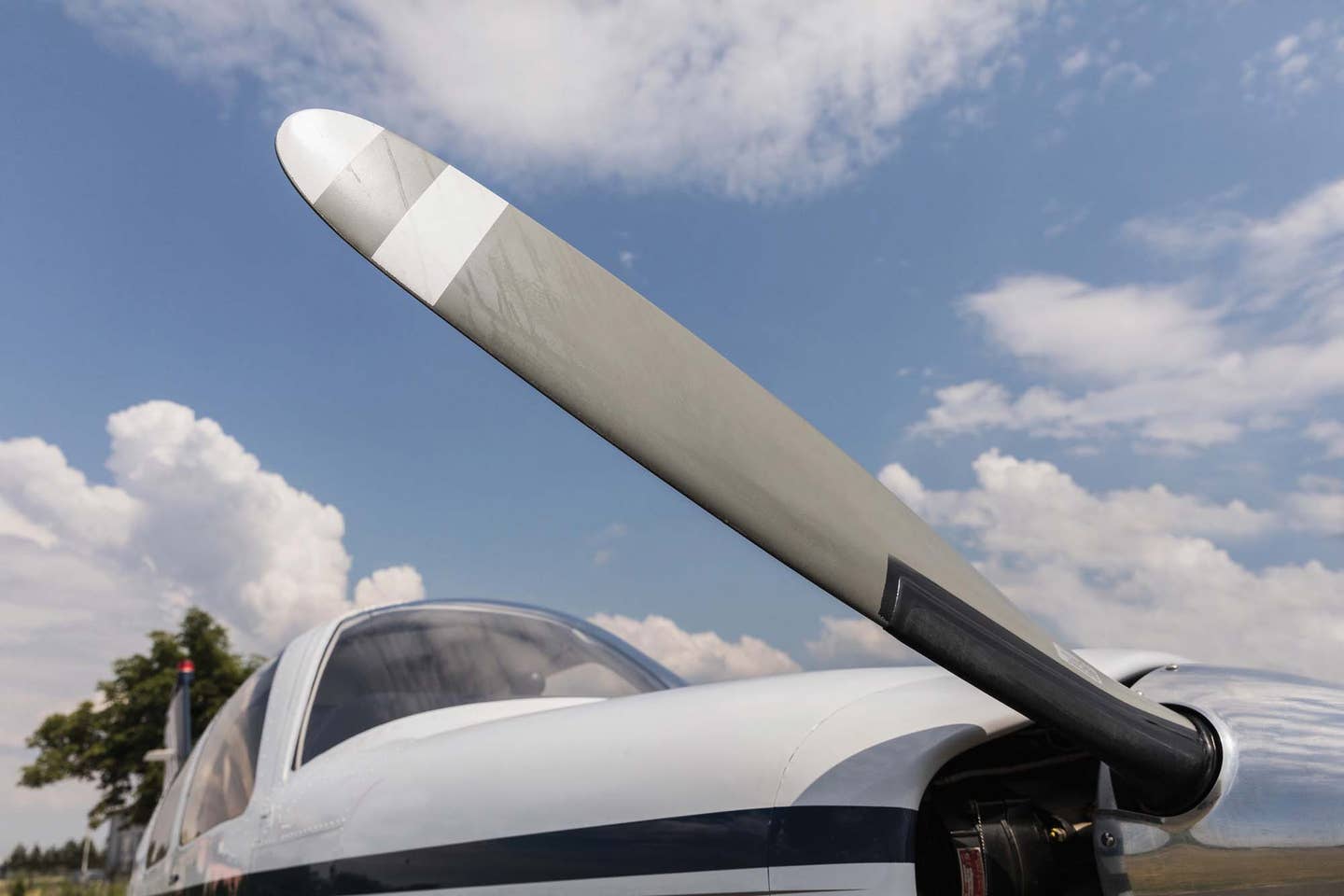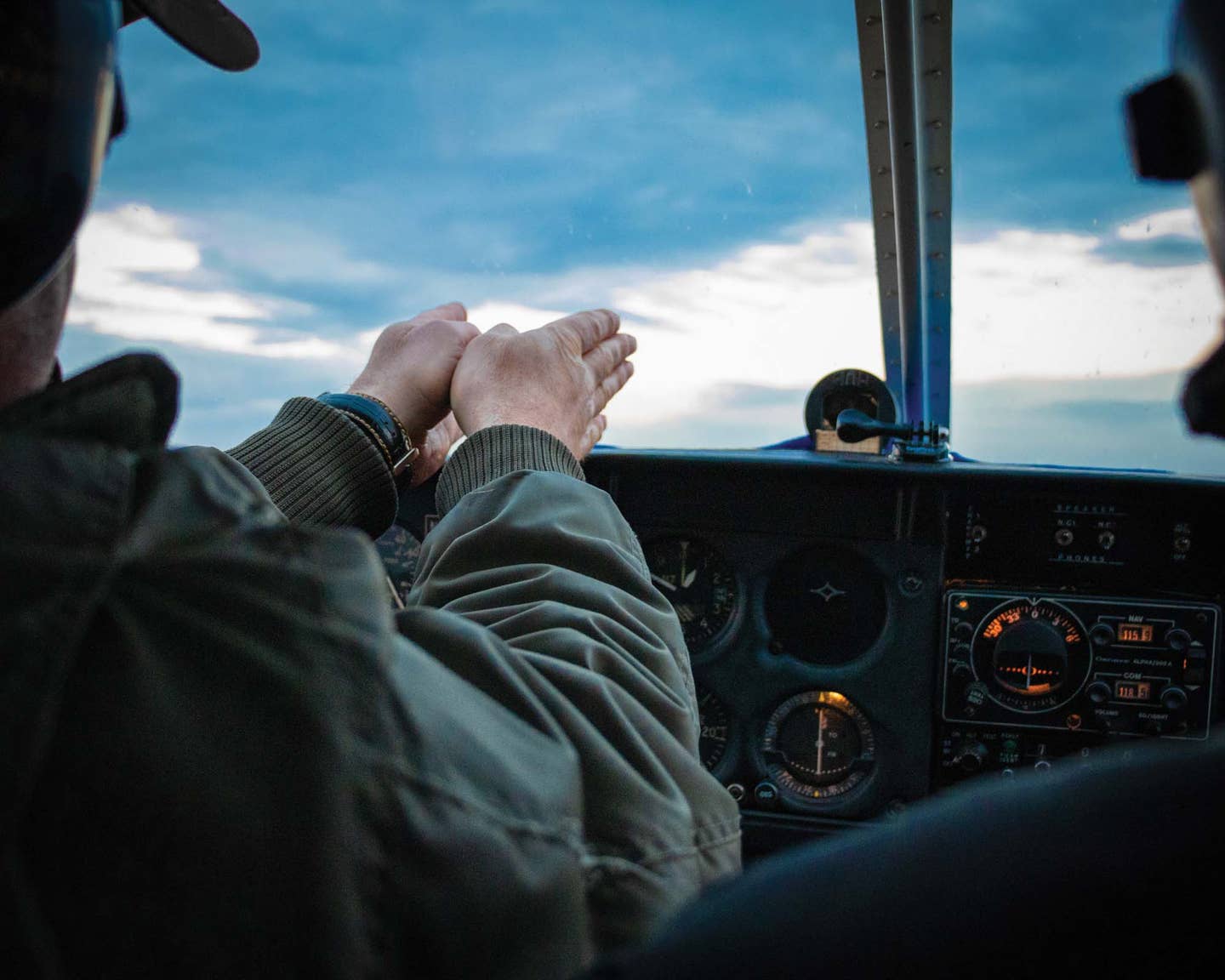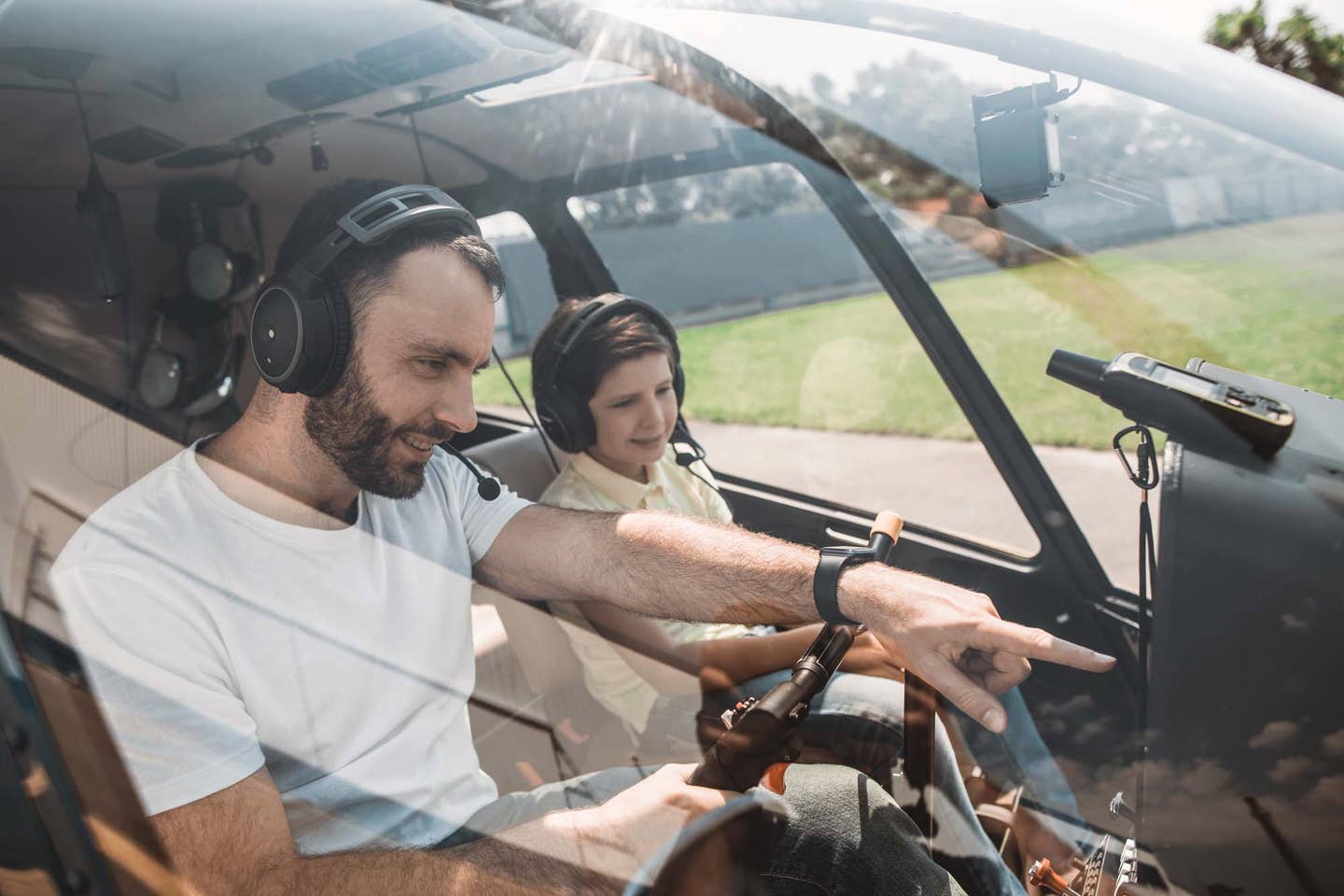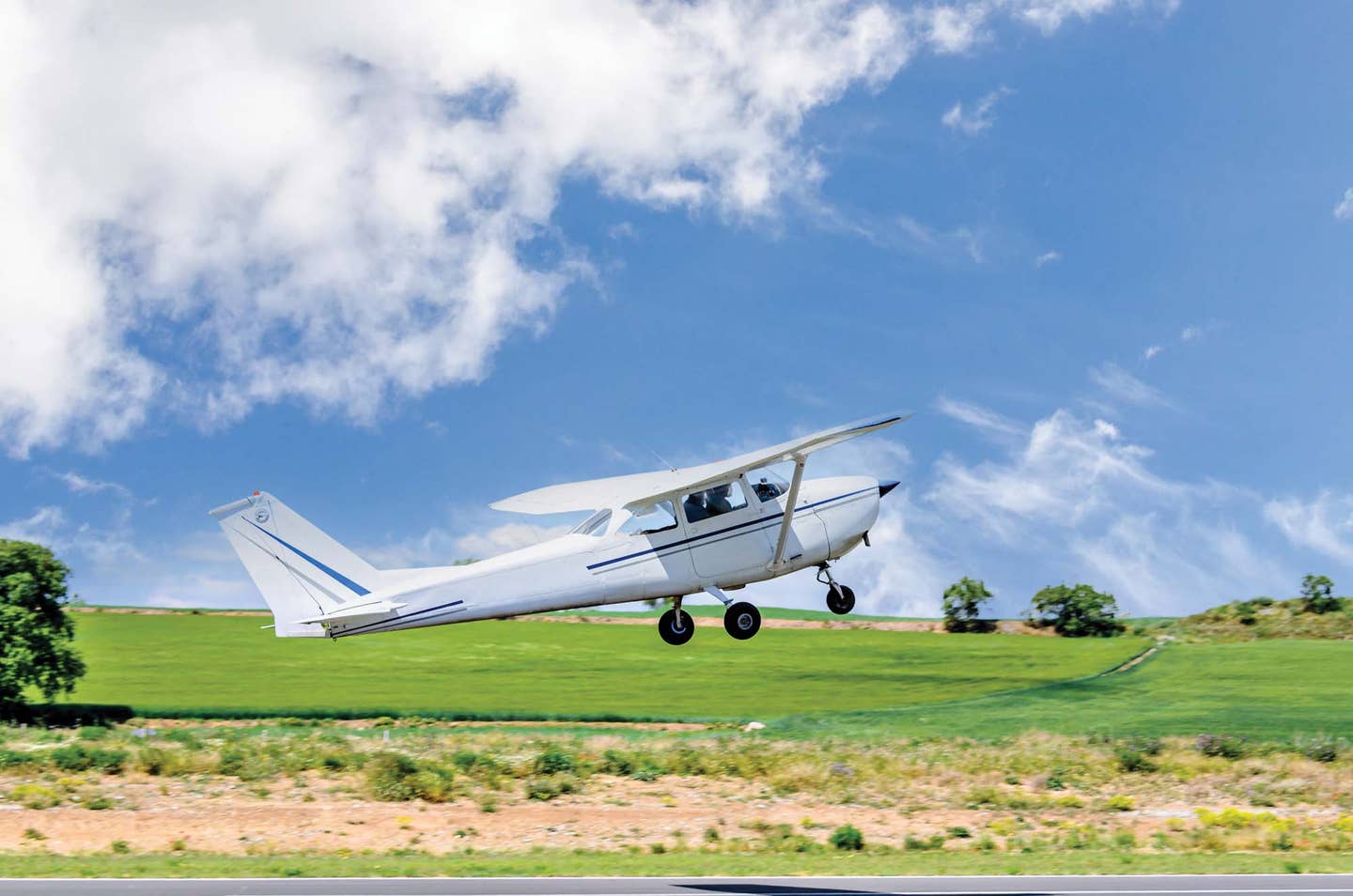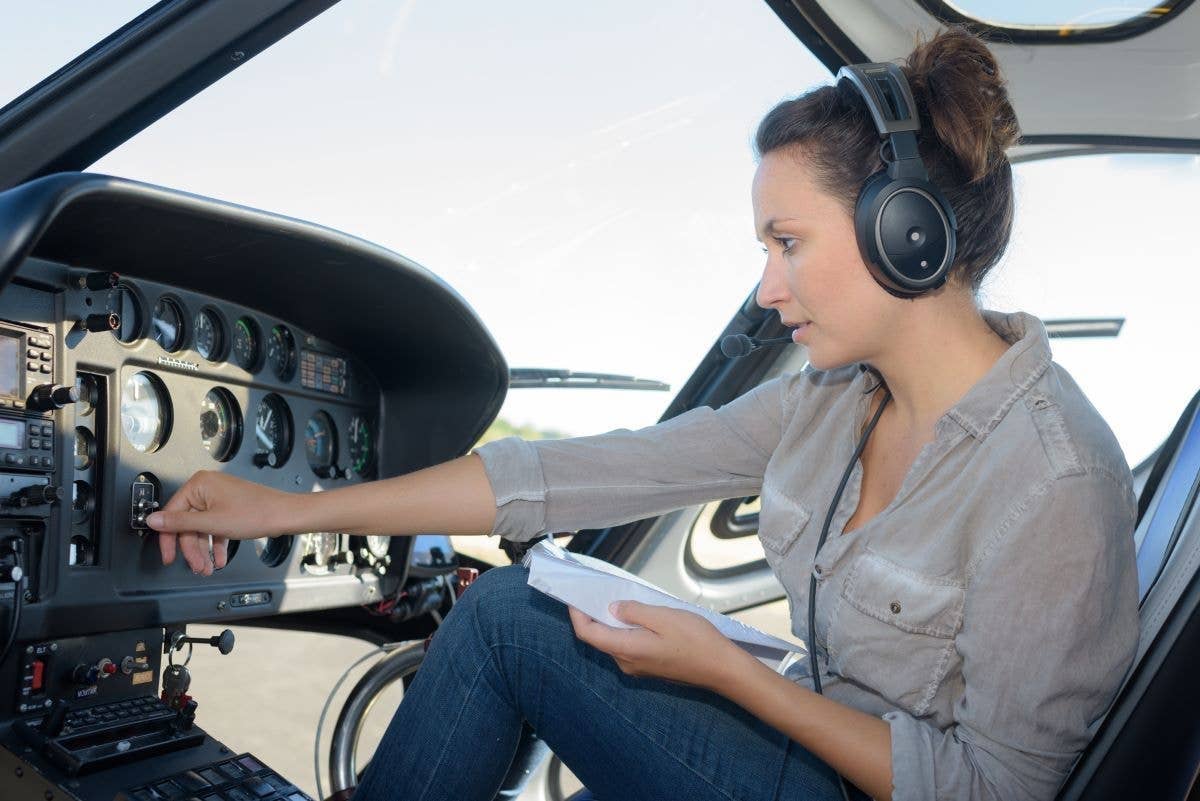Why Airworthiness Is The Biggest Check Ride Problem
The subject of whether the airplane is good to go is complex, but if you break it down and approach it systematically, it’s something you can master.

When I'm asking questions on a practical test, most applicants have trouble waiting until I finish the question before they unleash a torrent of memorized facts about a particular subject---except when I ask, "How did you determine the airplane you brought for the test today was airworthy?" The only thing that breaks the deafening silence is the sound of crickets. In short, this is probably the weakest subject area I see on all practical tests, Private thru ATP, CFI thru MEI. When I see an applicant opening up Book #1 of 3 of the maintenance logs and start reading at page one, it's going to be a long day.
How would I answer the question above? Something like this: "The aircraft documents are in the aircraft, all the inspections are current, the inoperative equipment is properly documented, and the next maintenance action isn't due for X hours. So, unless I find something during pre-flight, the airplane is airworthy, and I can make this flight safely."
Said in bullet-points:
- Documents
- Inspections
- Inoperative Equipment
I'm not a big fan of memorizing acronyms like AAVIATE or TOMATOFLAMES. It's an exercise in rote memorization that focuses on the words, not their application. What's the alternative? Just like in the aircraft, you can use a checklist to ensure you don't miss anything. Yes, you can use checklists as a resource on the ground portion of the test, and since you're being evaluated on resource management, I suggest you do.
With that in mind, here are a few checklists you might consider to guide your decisions/discussions of airworthiness. I've added the references in case you need to look them up in the heat of the evaluation, and since all these come from 14 CFR, I've omitted that prefix for simplicity.
I strongly recommend you complete these checklists the day before the test, so there are no surprises. I can't count the number of tests I've given where the applicant has never looked at the maintenance logs and has no idea where to start.
Unfortunately, we don't have the space available here to go into an extended discussion of each item, so if you don't understand my notes, ask your CFI, and if they don't know, ask your A&P, but be sure you can both explain airworthiness and apply that knowledge to scenarios given by the evaluator. The key to your success on this, and all aspects of the ground portion of the test, is to practice being evaluated. Please slow down and read that last sentence a few more times.
Documents
(See chart above.)
Note 1. Know the difference between a Pilot's Information Manual (PIM), Pilot's Operating Handbook (POH) and Airplane Flight Manual (AFM), or, for helicopters, Rotorcraft Flight Manual (RFM)
Note 2. When there's installed equipment that's not made by the original aircraft manufacturer (OEM), these companies may provide a separate Pilot Guide that's required to be carried in the aircraft; an aftermarket avionics product is a typical example
Inspections
(See chart above.)
Now, let's focus on required inspections. I recommend you start with the last page of the latest logbook and work backward; if you don't, the evaluator may think this is the first time you've ever looked at logbooks. It's also a good idea to have the latest inspections tabbed for easy reference.
Note 1. Types of ADs
Not Applicable: Don't apply to your particular aircraft
One time: Complied with and doesn't require repetitive actions
Recurring: Entry must include the method of compliance and when the next inspection is due
Note 2. Annual: Must be signed off on by an A&P with Inspection Authorization (IA)
Note 3. Only required when carrying people or property for compensation/hire or when someone else provides the aircraft for flight instruction; must be signed off by an A&P
Note 4. Only required for IFR operations
Note 5. Required, with some exceptions, in A thru E airspace
Note 6. Check the maintenance logs; or, if it was used, check 91.207 to decide
Note 7. Only required for IFR operations
Note 8. Only needs to be current for IFR operations unless the OEM states otherwise
Flying With Inoperative Equipment
91.213
Now that we've covered the inspections, the real work begins: Deciding if you can fly with any equipment that may be inoperative. You must be able to apply your knowledge of airworthiness in a scenario given by the evaluator. Here are a few examples:
Q: When is the next airworthiness inspection due?
A: You need to examine the logbooks to determine if there are any recurring ADs for the aircraft. If there are, the logbook entry must document when the most recent inspection was done, how it was done, and when it is next due. Without those three elements, the AD is not correctly signed off. Many owners have a separate log sheet for ADs, so be sure that's available for the test.
Q: During preflight, you notice the left fuel gauge is reading ½ full, but you verify that tank is actually full. Can you fly, and if so, what actions do you need to take?
A: Short answer is "no." I know tribal knowledge says the gauge only needs to read accurately when it is empty. Not so. You will need maintenance action before you fly. This is a typical question, but the evaluator will vary the inoperative equipment. Instead of trying to memorize a list of equipment, I recommend you use the following checklists to determine if you are legal to fly. Ask yourself, is the equipment:
Required by an AD?
Required by the OEM?
Check Type Certificate and any Supplemental Type Certificates
Check Section 2 (Limitations) of the Flight Manual
Check Section 9 (Supplemental Equipment) for any limitations
Check Section 6 (Equipment); if the OEM has indicated it is "R" (Required), it probably is
Required by an Approved MEL/KOEL?
Required by 91.205?
Required for the Planned Flight?
Note 1. An approved MEL/KOEL may allow you to fly with equipment that is otherwise required by 91.205.
If the answer to any of the questions above was YES, you can't fly until maintenance action is taken or you obtain a Special Flight Permit. If the answer to all the questions above was NO, then proceed with the next checklist.
Was/is the inoperative equipment:
Removed and the weight and balance amended?
Made inoperative?
For electrical equipment, that means the power source removed
Placarded as inoperative?
Entry made in the aircraft logbooks?
If the answer to all these questions was YES, then it’s up to the Pilot-In-Commands whether they choose to fly.
One bit of advice: If you aren't sure the aircraft is airworthy, don't fly. I've never issued a Notice of Disapproval to an applicant who made a conservative decision. Hopefully using and understanding these checklists will help you ace the airworthiness portion of your practical test---it sure beats crickets.

Subscribe to Our Newsletter
Get the latest Plane & Pilot Magazine stories delivered directly to your inbox

